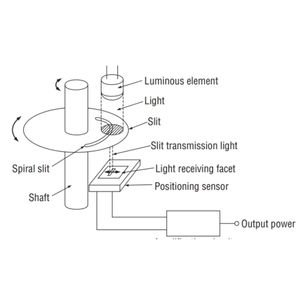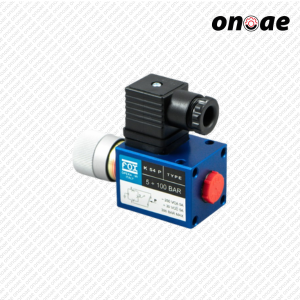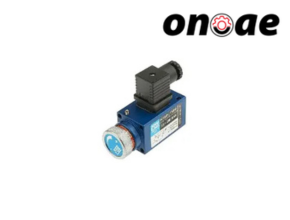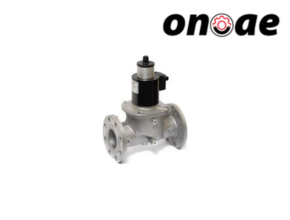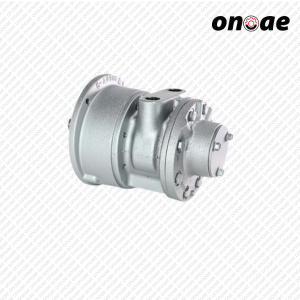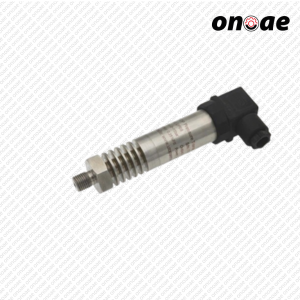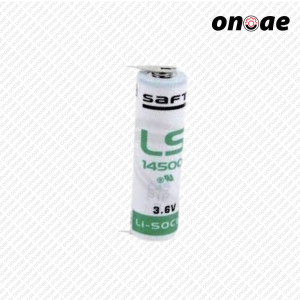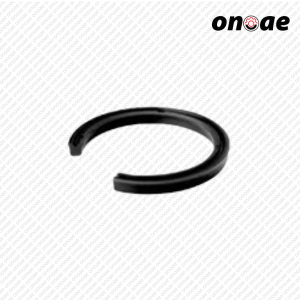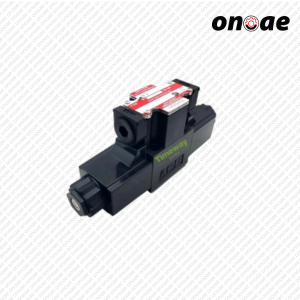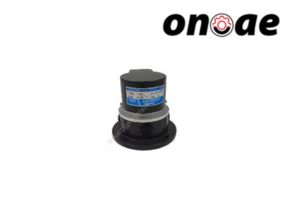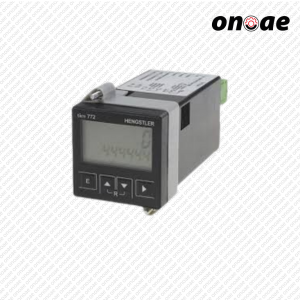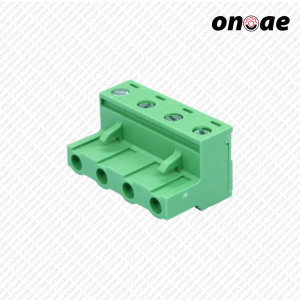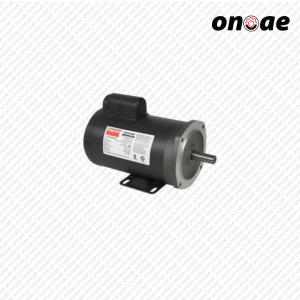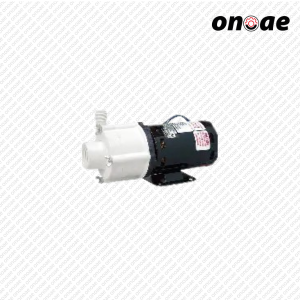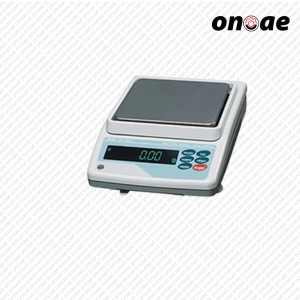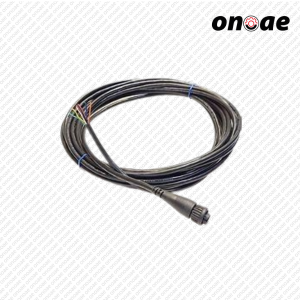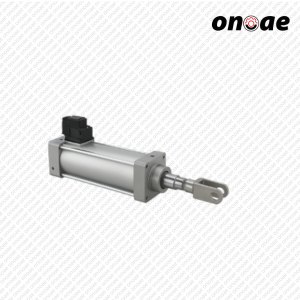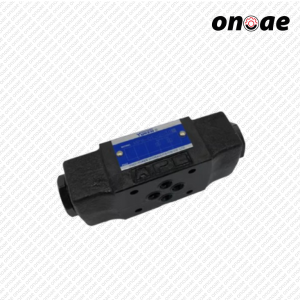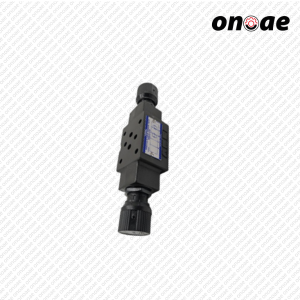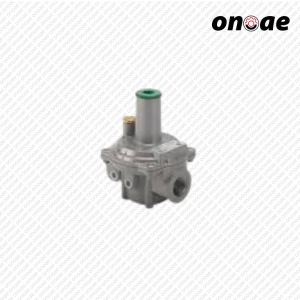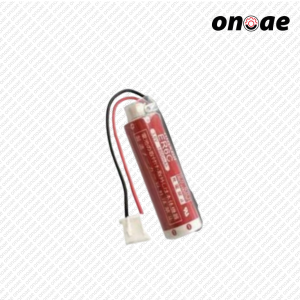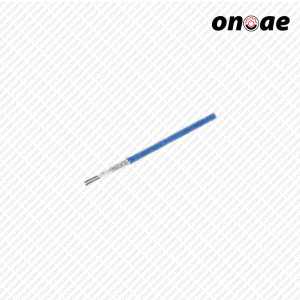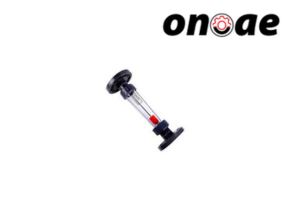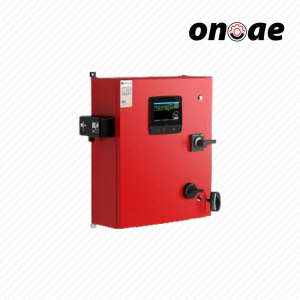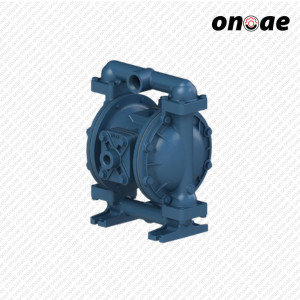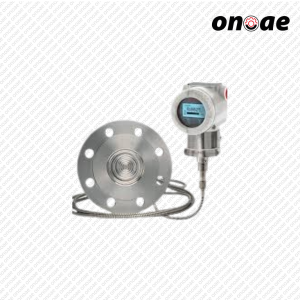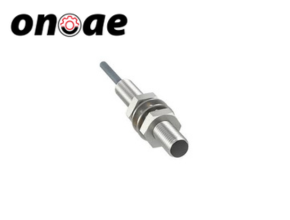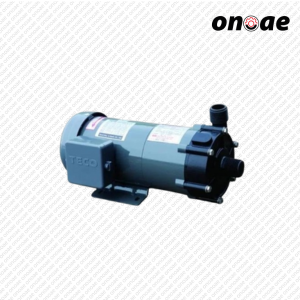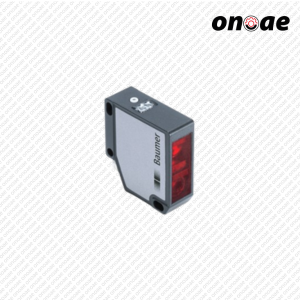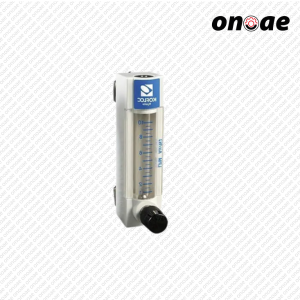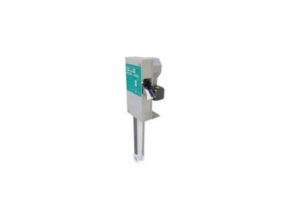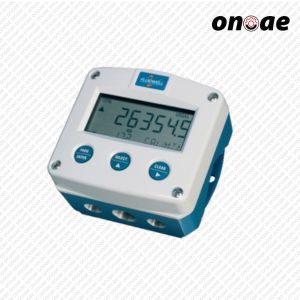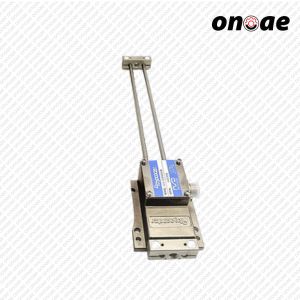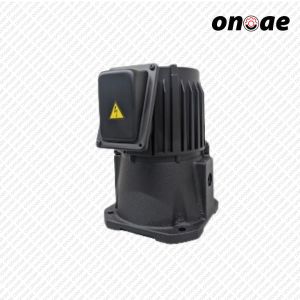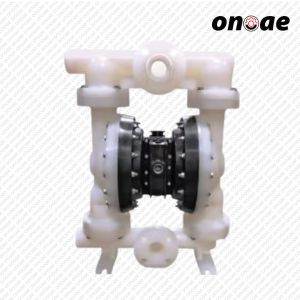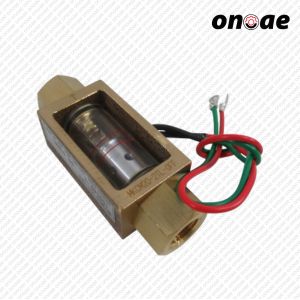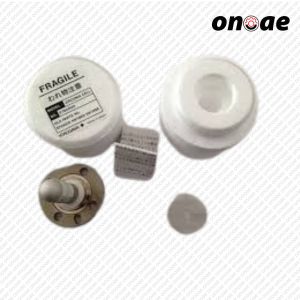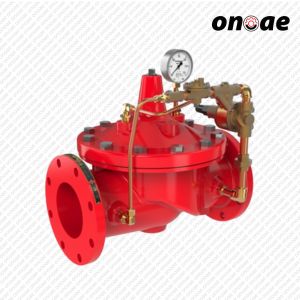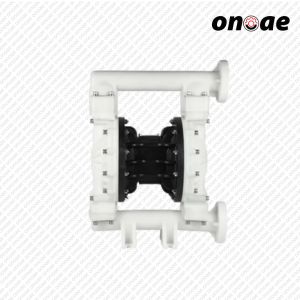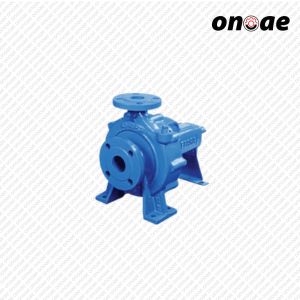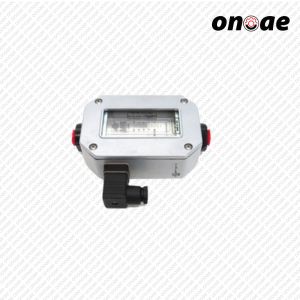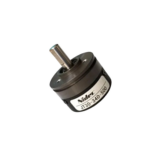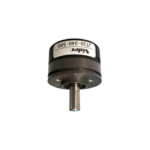Description
Nidec Copal JT30 Single-turn Optical Contactless Potentiometer Potentiometers are displacement sensors that produce electrical output (voltage) in proportion to the mechanical displacement. They are basically composed of a resistor and a wiper (brush), with the mechanical displacement of the resistor relative to the wiper being accurately converted into an electrical voltage output. A voltage is applied to both ends of the resistor, and the wiper is moved. The displacement is measured by the voltage between one terminal of the resistor and the wiper. Looking at the component structurally, we can see the following: (Fig. 1) Further, the following formulas apply to the voltage output
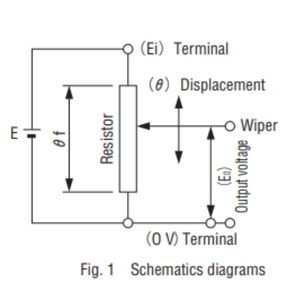

Model of potentiometer
Wirewound Type
Precision wire winding technology has been used to achieve low noise and long life. Wirewound types include the single-turn J series for use in servo drives and the multiturn M series for use in settings.
Conductive Plastic Type
Special film resistors and original contact construction provide long life, with degradation that is theoretically infinitely small. Conductive plastic types include single-turn types and linear types, both for use in servo drives.
Cement Type
The use of cermet resistors allows for low prices. The degradation is theoretically infinitely small. Cermet types are single-turn for use in servo drives and for settings.
Optical Contactless Type
Contactless configuration offers a much longer life and lower noise compared with the conventional contact method.
Optical Contactless Principle
Optical contactless potentiometers shall detect the rotational angle at the time of shaft rotation by positioning sensor which photo-electrically transfers the displacement of light transmitted through a spiral slit that is placed between the luminous element and the positioning sensor
